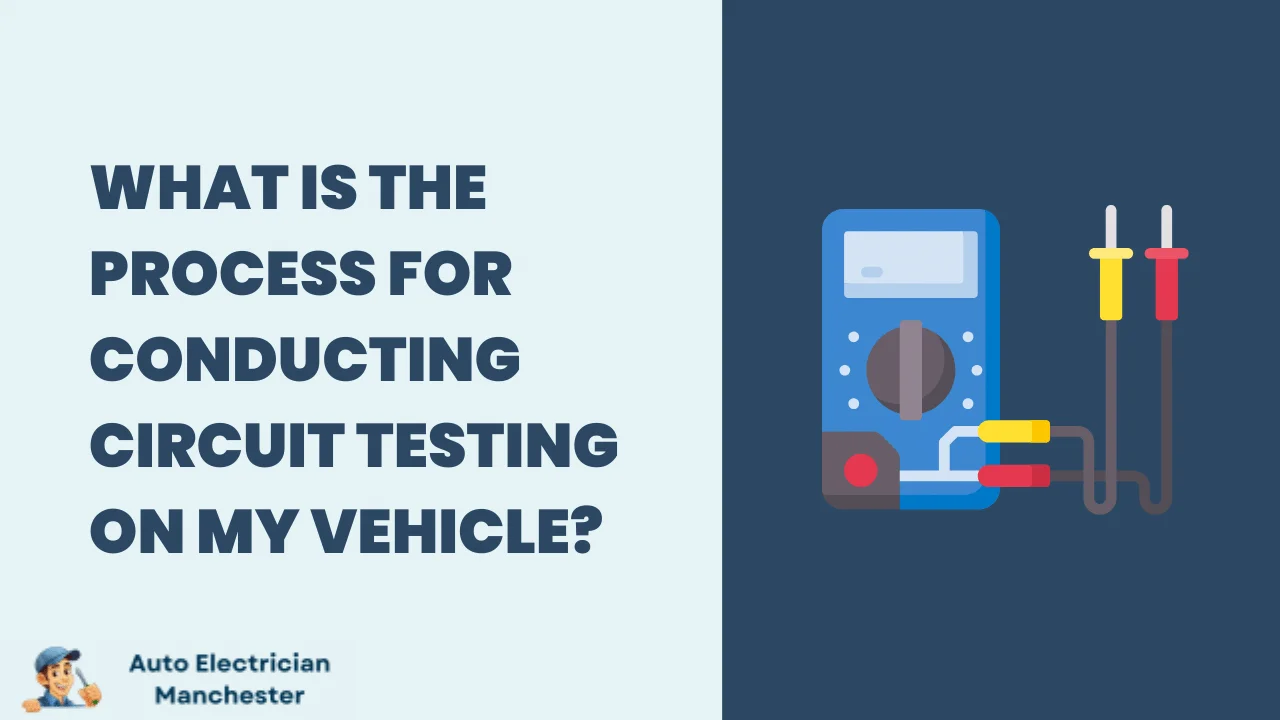
Car troubles can be a real drag, especially when electrical problems bring your vehicle to a standstill. But fear not! With a little know-how and the right tools, you can troubleshoot many common circuit issues yourself, saving time and money. This guide will equip you with the knowledge and steps to confidently embark on your car’s electrical system diagnosis.
Gearing Up for Electrical Exploration
Before diving into the world of circuits, let’s assemble your troubleshooting toolkit:
Multimeter: This versatile tool is your key to unlocking the secrets of your car’s electrical system. It measures voltage, current, and resistance, providing valuable insights into circuit health.
Circuit Tester (Optional): While not essential, a circuit tester can simplify specific tests and offer visual cues like LED lights to indicate circuit continuity.
Safety First: Always prioritize safety when working near electrical components. Don proper eye protection and wear gloves to shield yourself from potential hazards.
When to Suspect a Circuit Malfunction?
Your car’s electrical system is a complex network, and when a circuit goes awry, it often broadcasts telltale signs. Here are some common symptoms to watch out for:
Flickering or Dim Lights: Inconsistent lighting could indicate a loose connection, a failing voltage regulator, or even a battery on its last legs.
Dead Battery: A battery that frequently dies or struggles to hold a charge could point towards a faulty alternator, a parasitic drain (a continuous current draw even when the car is off), or internal battery damage.
Electrical Component Malfunctions: Inoperative features like power windows, sunroofs, or entertainment systems can be caused by blown fuses, faulty relays, or circuit interruptions.
Guide to Circuit Testing
Now that you’re armed with the right tools and knowledge of electrical gremlins, let’s delve into the step-by-step process of circuit testing:
Pinpointing the Problem: The first step is to identify the specific circuit causing the issue. Consult your car’s owner’s manual to locate the fuse box and decipher the fuse layout. Each fuse is typically linked to a particular system (e.g., headlights, radio, interior lights). By identifying the malfunctioning component, you can narrow down the potentially affected circuit.
The Power of Observation: Before diving into more intricate tests, a simple visual inspection can often uncover the culprit. Look for loose or frayed wires, burnt connectors, or signs of corrosion around the battery terminals and fuse box. A disconnected terminal or a damaged wire could be the root of the problem.
The Multimeter Magic: With the car turned off, grab your trusty multimeter and set it to the voltage (DC volts) setting. Touch the probes to the positive and negative terminals of the battery. A healthy battery should read around 12.4 volts or higher. If the voltage dips below this threshold, the battery itself might be the source of your woes.
Fusing It Out: If the battery voltage seems healthy, the next step is to investigate the fuse linked to the problematic circuit. Set your multimeter to continuity mode. In this mode, a buzzing sound will indicate a good fuse, while silence signifies a blown one. If you encounter a blown fuse, replace it with one having the identical rating – never use a higher-rated fuse, as it can lead to further electrical damage.
Deeper Diagnosis: If the fuse is intact, it’s time to delve deeper. Refer to your car’s manual for wiring diagrams specific to your vehicle model. These diagrams will map out the circuit layout, allowing you to pinpoint specific points to measure voltage. Use your multimeter to measure voltage at various designated points within the circuit, comparing the readings with the values specified in the manual. Deviations from the expected values can help you identify where the circuit might be interrupted.
Advanced Circuit Testing Techniques
While the basic steps outlined previously can address many common electrical concerns, some situations demand more advanced testing procedures. Here are a few techniques employed by professionals:
Current Draw Testing: This method involves measuring the current flowing through a circuit. A higher than expected current draw can indicate a short circuit or a malfunctioning component that’s draining excessive power. Technicians often utilize specialized clamp meters to measure current without interrupting the circuit.
Ground Circuit Testing: A vehicle’s electrical system relies on a network of ground connections that complete the circuit path. Corrosion or loose ground connections can impede proper current flow and lead to malfunctions. Testing ground circuits involves measuring voltage between the ground point and a clean, bare metal surface on the chassis. A significant voltage difference indicates a weak ground.
Signal Tracing: Modern vehicles incorporate complex electronic components that communicate with each other using voltage signals. Technicians use signal tracers to monitor and diagnose these signals, ensuring they meet the manufacturer’s specifications. Signal tracers can be particularly useful in troubleshooting issues related to sensors, engine control modules, and other electronic components.
Extra Tips for Effective Circuit Testing
Safety First, Always: Remember, electrical systems can be hazardous. Always disconnect the battery before performing any invasive procedures on the wiring harness. When working with live circuits, exercise caution and avoid touching exposed wires.
Keep it Organized: As you troubleshoot, keep track of your findings. Note down voltage readings, suspected trouble spots, and any replaced components. This organized approach will help you stay on track and ensure a logical diagnosis.
Consult the Experts: If you confront a complex electrical problem or feel overwhelmed during the testing process, don’t hesitate to seek help from a qualified mechanic. They possess the expertise, advanced tools, and diagnostic resources to efficiently resolve intricate electrical issues.
Conclusion
Taking charge of your car’s electrical system maintenance isn’t just empowering, it can also save you time and money. By equipping yourself with the right tools, knowledge, and a cautious approach, you can tackle many common electrical problems. Remember, when the issue gets complex, don’t hesitate to enlist the expertise of a qualified mechanic. With a blend of do-it-yourself spirit and professional assistance, you can keep your car’s electrical system in top shape, ensuring a smooth and trouble-free ride.
FAQ
How do I reset my car’s electrical system?
Some vehicles feature a hidden reset button or fuse that can reboot the electrical system. However, consult your car’s manual before attempting this, as the reset procedure can vary significantly between manufacturers. In many cases, disconnecting the battery for a few minutes can achieve a similar reset effect.

David Mack is a seasoned writer with a passion for the auto electrician niche. With years of hands-on experience and a knack for demystifying complex topics, David brings practical insights to his readers. Whether you’re a professional or a car enthusiast, his engaging articles offer valuable tips and trends in auto electrical systems.
